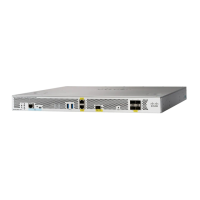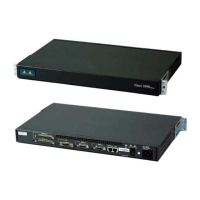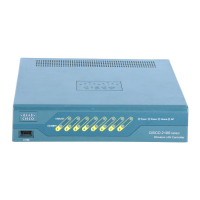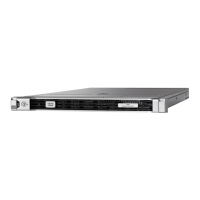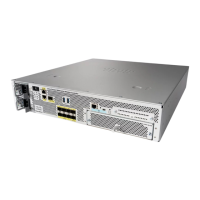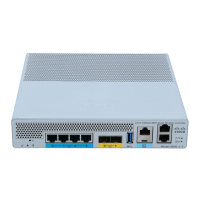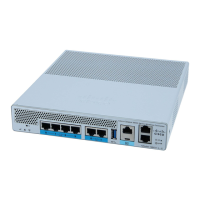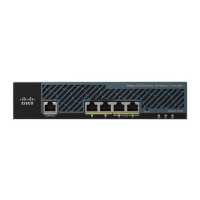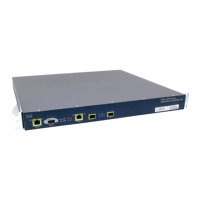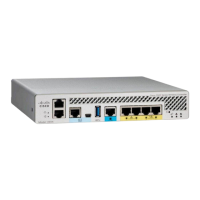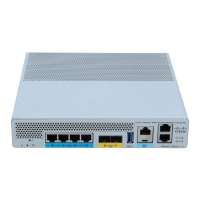4-38
Cisco Wireless LAN Controller Configuration Guide
OL-17037-01
Chapter 4 Configuring Controller SettingsWireless Device Access
Configuring Multicast Mode
Using the CLI to Enable Multicast Mode
Follow these steps to enable multicast mode using the controller CLI.
Step 1 To enable or disable multicasting on the controller, enter this command:
config network multicast global {enable | disable}
The default value is disabled.
Note The config network broadcast {enable | disable} command allows you to enable or disable
broadcasting without enabling or disabling multicasting as well. This command uses the
multicast mode currently on the controller to operate.
Step 2 Perform one of the following:
a. To configure the controller to use the unicast method to send multicast packets, enter this command:
config network multicast mode unicast
b. To configure the controller to use the multicast method to send multicast packets to a CAPWAP
multicast group, enter this command:
config network multicast mode multicast multicast_group_ip_address
Step 3 To enable or disable IGMP snooping, enter this command:
config network multicast igmp snooping {enable | disable}
The default value is disabled.
Step 4 To set the IGMP timeout value, enter this command:
config network multicast igmp timeout timeout
You can enter a timeout value between 30 and 300 seconds. The controller sends three queries in one
timeout value at an interval of timeout/3 to see if any clients exist for a particular multicast group. If the
controller does not receive a response through an IGMP report from the client, the controller times out
the client entry from the MGID table. When no clients are left for a particular multicast group, the
controller waits for the IGMP timeout value to expire and then deletes the MGID entry from the
controller. The controller always generates a general IGMP query (that is, to destination address
224.0.0.1) and sends it on all WLANs with an MGID value of 1.
Step 5 To save your changes, enter this command:
save config

